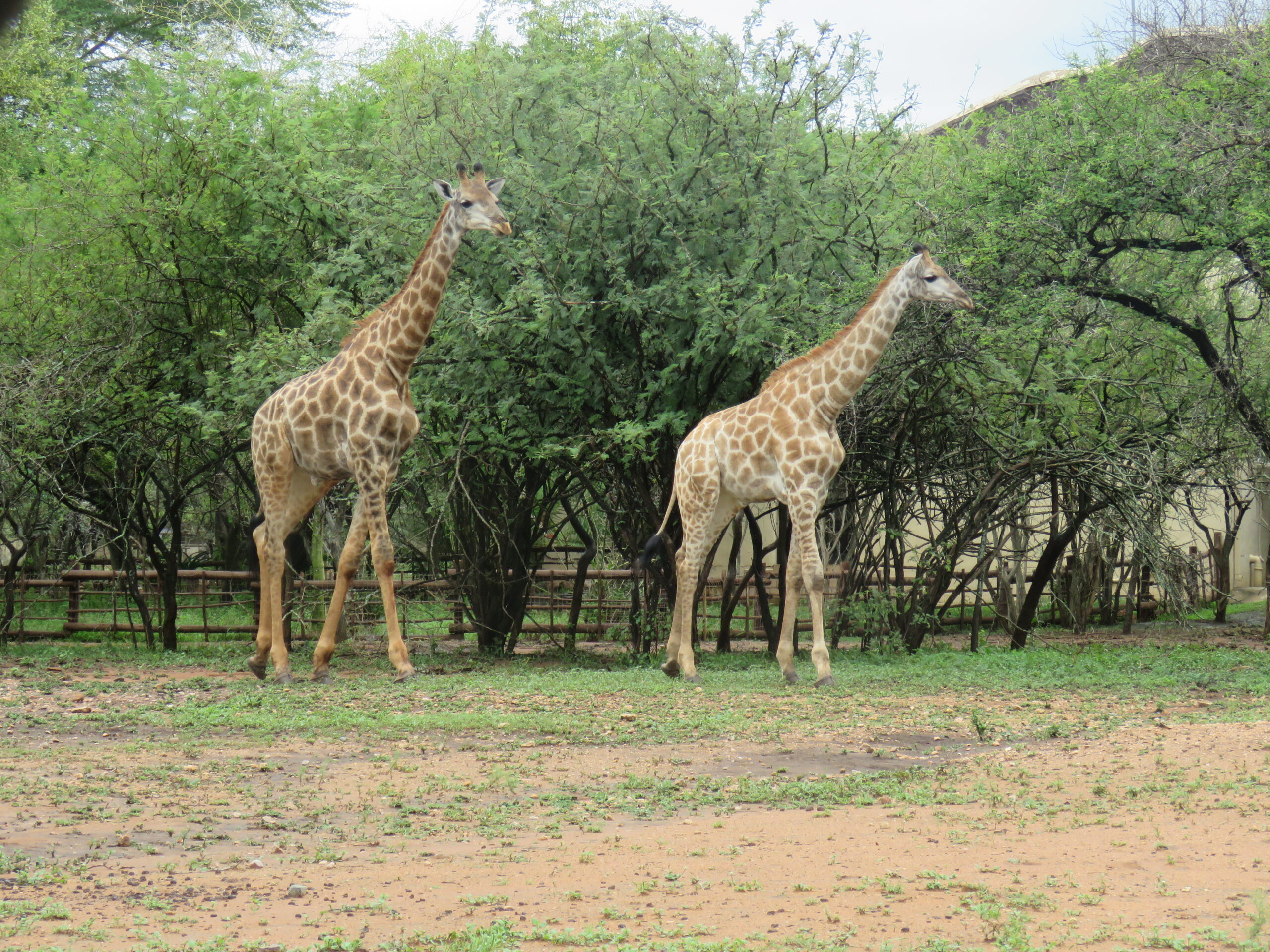
Last night while seated at the table on the veranda, more warthogs stopped by than we’d ever seen at once since we arrived here over a year ago. They included Mom and Three Babies; Tail-less Mom and Two Babies, Barbara, and Lori (all family members); Little Imposter; Little; One Wart; One Tusk, Siegfreid and Roy; Wounded; Wounded Wart; along with a few new visitors we didn’t recognize.
What prompted them all to show up simultaneously baffled us, but we enjoyed every moment. Of course, it was sad to see Wounded Wart’s face bleeding again where he recently lost his left Wart. From time to time, he’d rub the bloody area on a tree, and in one case, he rubbed it on another cooperative male warthog. It certainly must hurt.
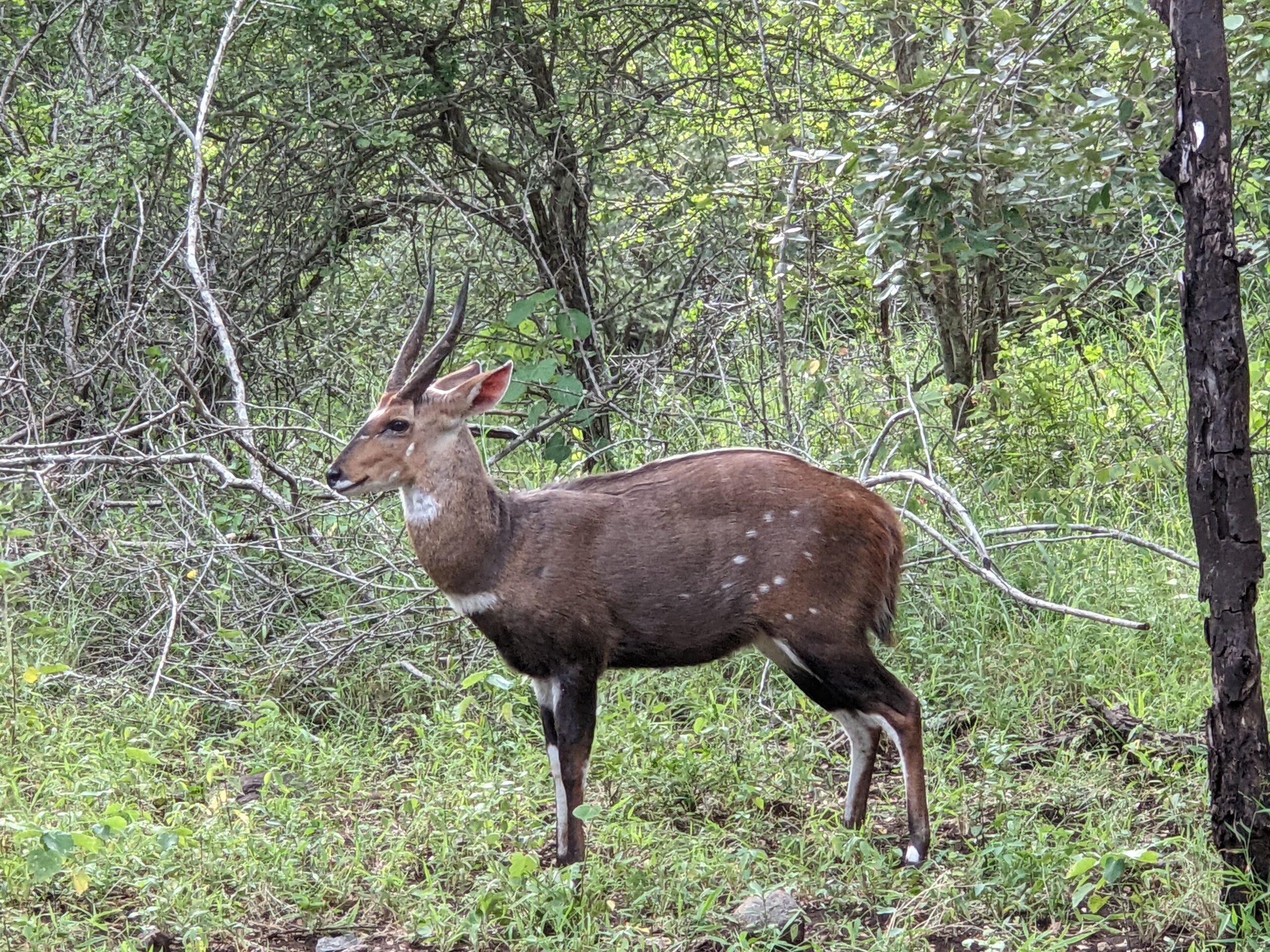
But, this species is exceptionally sturdy with robust immune systems. They often fully recover, leaving them with a scar that seems to dissipate over time. Amazingly, they don’t become infected as they roll around in dirt and mud and seldom die from injuries. Surely, they may pass from time to time, but we don’t see that when most likely they wander off into the bush during the last days of their lives. It’s a sad thought for any injured or ill animals.
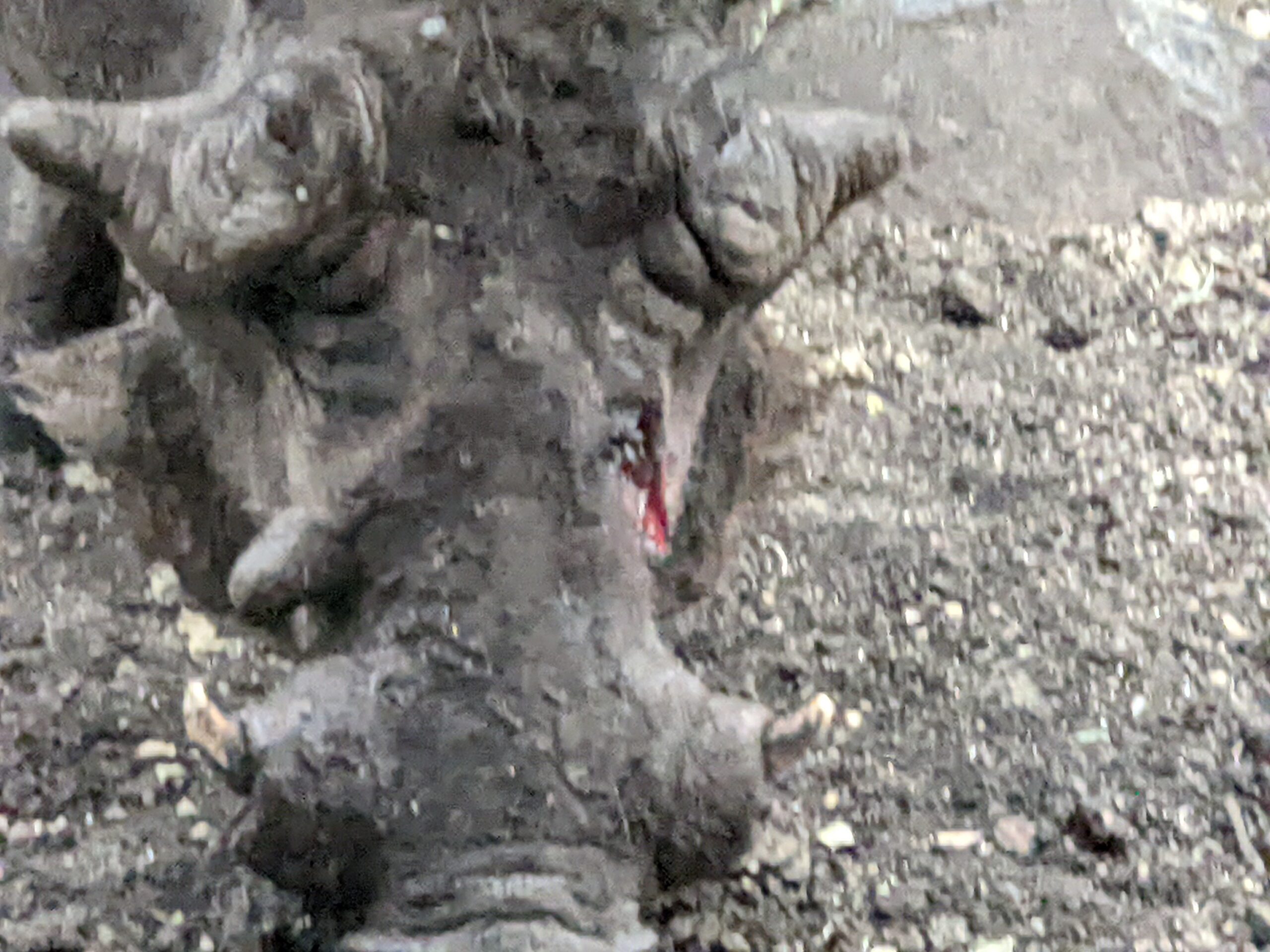
This past year we’ve yet to see a kudu with TB as we’d seen on many occasions when we were here in 2018/2019. We’re surprised we don’t encounter more sick or injured animals. No doubt, the improved health of the kudus and other animals prone to TB have been helped by Marloth Park Rangers, local vets, and other staff who care for the animals when illness becomes prevalent.
Right now, all of the many visitors we get in the garden are looking well-fed and healthy, except for the few who are injured. Many are pregnant, and all benefit from the lush green bush after many months of good soaking rains. In reviewing photos from last year at this time, the bush is twice as green and thick as it was last year based on all the rain we’ve had this season.
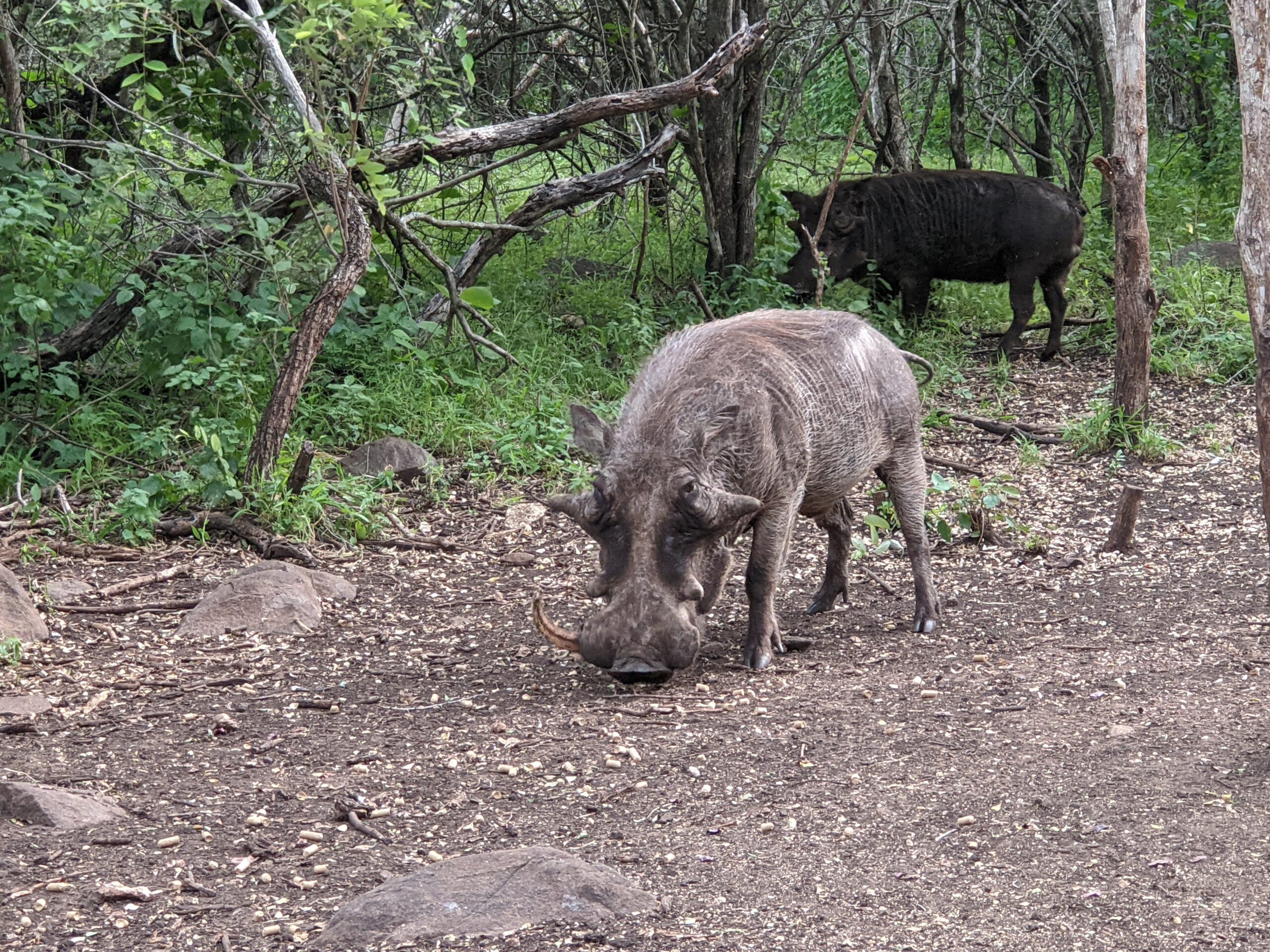
The bushbucks, who seem to visit mainly in the mornings and during the day, look fantastic. Their coats are shiny, eyes bright, and torsos full without any ribs showing. They remain shy around us, and we don’t encourage “taming” them by getting too close or hand feeding. But, our connection with them is palpable.
If I’m in the bedroom putting laundry away, the bushbucks and the kudus will come up to the window and look inside for me. It melts my heart. Sure, they may just be looking for pellets, but I choose to believe it’s much more than that. Bushbuck Gordy won’t touch a pellet or a lettuce leaf if I talk to him and look into his eyes.
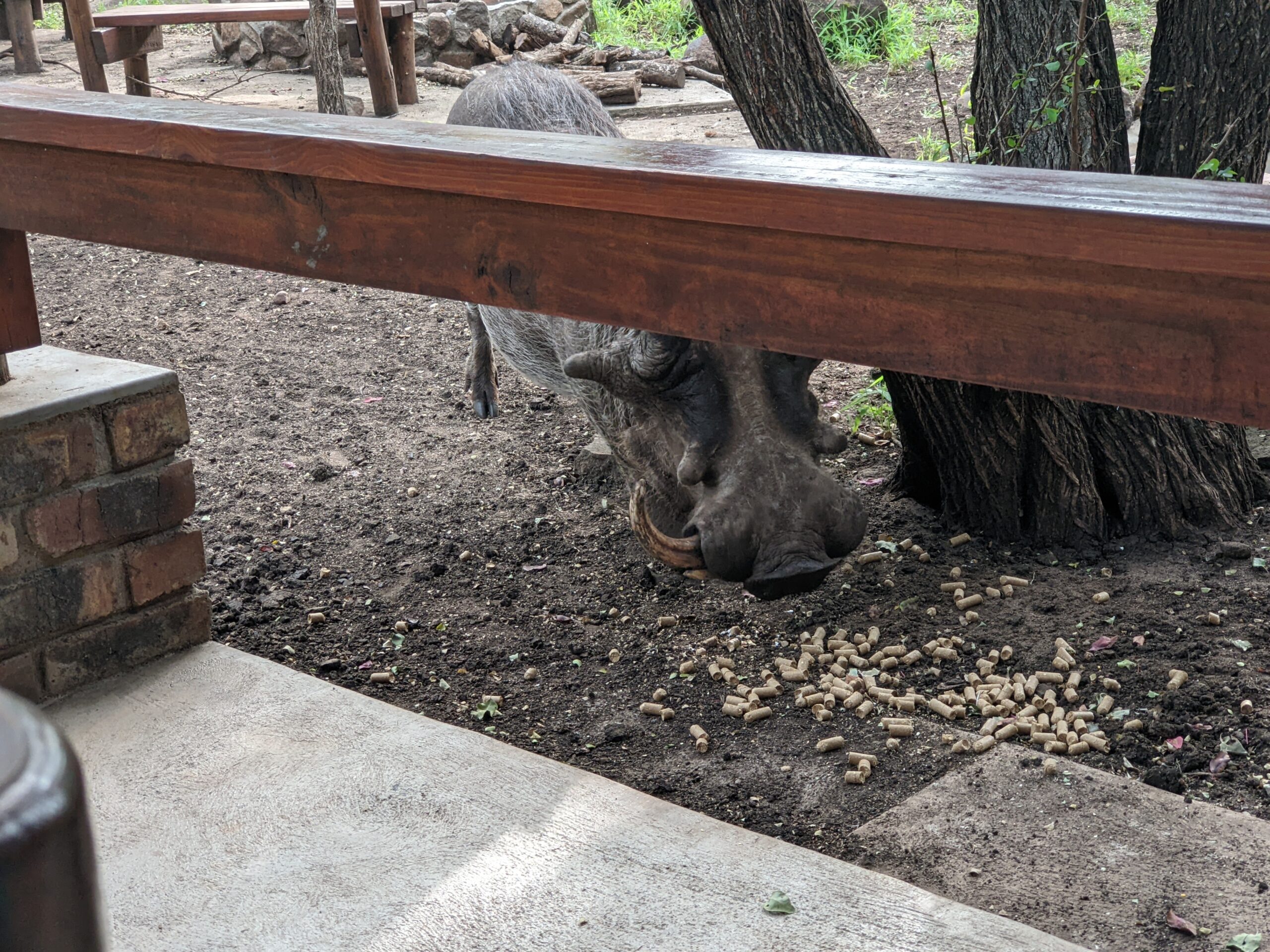
Gordy (named after Chef Gorden Ramsey) seems to live in our garden. At times, we’ve seen him sleeping in the dense bush, but most wild animals here in Marloth Park don’t sleep more than a total of four or five hours a day in very short spurts, always keeping an eye out for danger. Many can sleep while standing.
As of lately, with the continuing warnings about lions free-roaming in Marloth Park, the vulnerable animals, which are most, seem more alert than ever. There’s no doubt that they are all aware of the presence of the lions and stay on alert day and night. The slightest unexpected sound makes many of them jumpy, especially the vulnerable bushbucks and smaller duikers (already skittish).
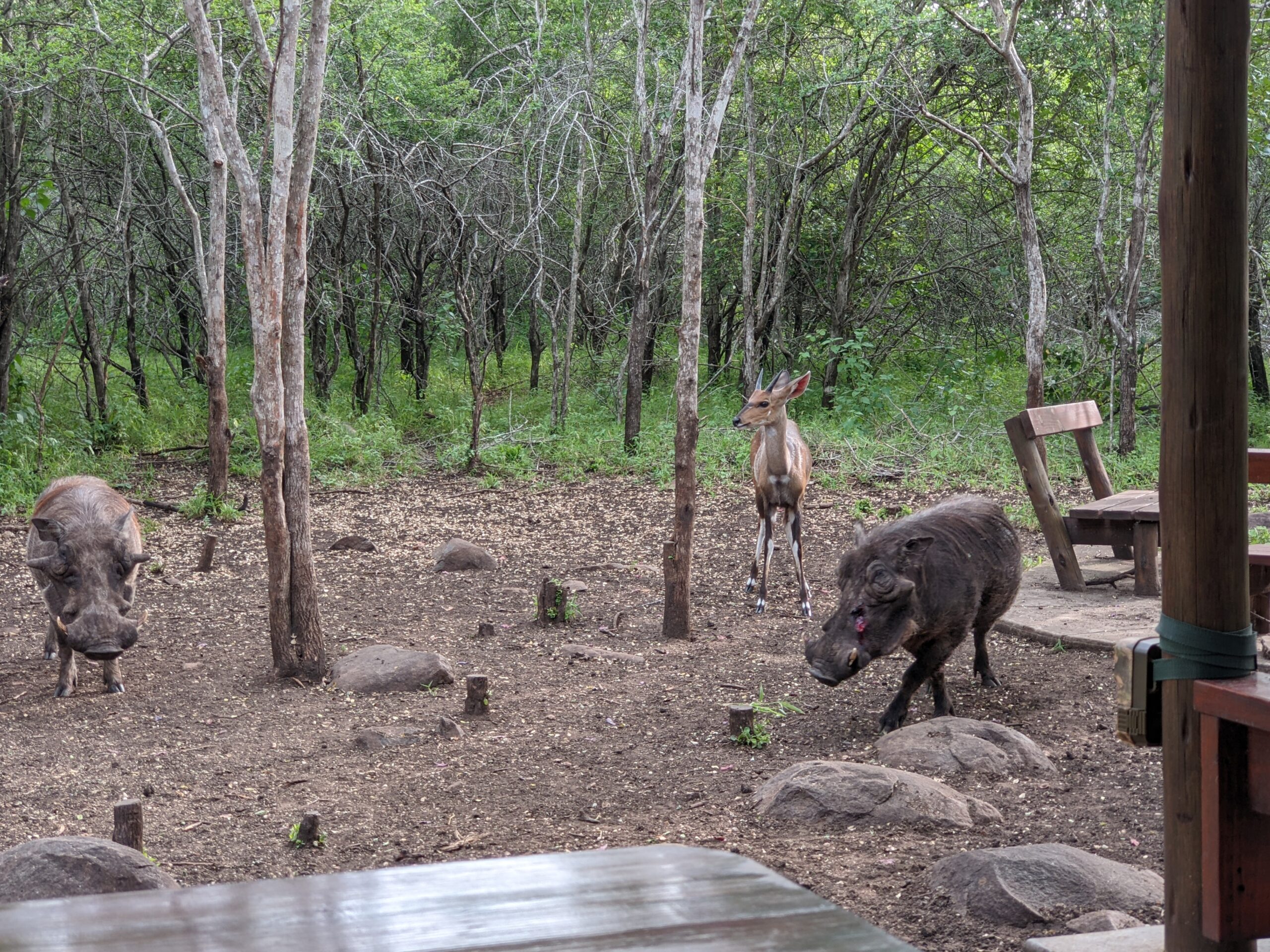
The dynamics of living in the bush have a profound effect on us. Whether it’s day or night, we, like them, are always on the lookout to see who’s stopped by for a visit. Never a morning passes when I don’t ask Tom (who’s up and about earlier than me), “Have we had any visitors this morning?”
In the evenings, when we are eventually indoors, every so often, we turn on the outside light to see who is in the garden. Usually, no one is there, and those that do visit are shown in the photos on the trail cam. But, many times, a visitor is standing there, wondering where we are. Those moments are precious, along with all the interactions we have during the days and nights.
Be well.
Photo from one year ago today, January 26, 2021:
